Le papier hygiénique en bambou peut-il vraiment servir de chasse d'eau ? Mythes sur la plomberie, sécurité des fosses septiques et guide d'achat
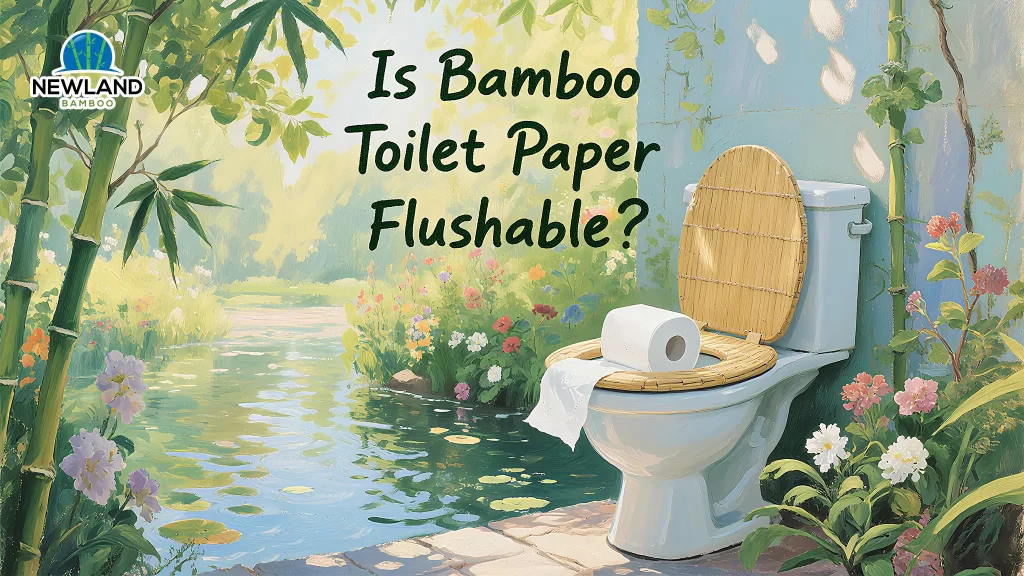
This article explores whether bamboo toilet paper is truly flushable and safe for plumbing and septic systems. It debunks common misconceptions, compares bamboo paper with traditional toilet paper, and highlights what makes a product septic-safe. Ideal for eco-conscious households and businesses, this guide helps buyers choose bamboo tissue that dissolves easily without clogging pipes — making it both sustainable and bathroom-friendly.
Comprendre l'allergie au papier hygiénique en bambou : Symptômes, causes et solutions

Bamboo toilet paper has quickly become a favorite for those seeking both sustainability and comfort. But what if something so natural and eco-friendly is causing unexpected skin irritation? If you’ve ever wondered whether bamboo toilet paper could be the culprit behind itching or discomfort, you’re not alone—and we’re here to help you understand why it might happen and what you can do about it.
Le papier toilette en bambou laisse-t-il des peluches ?
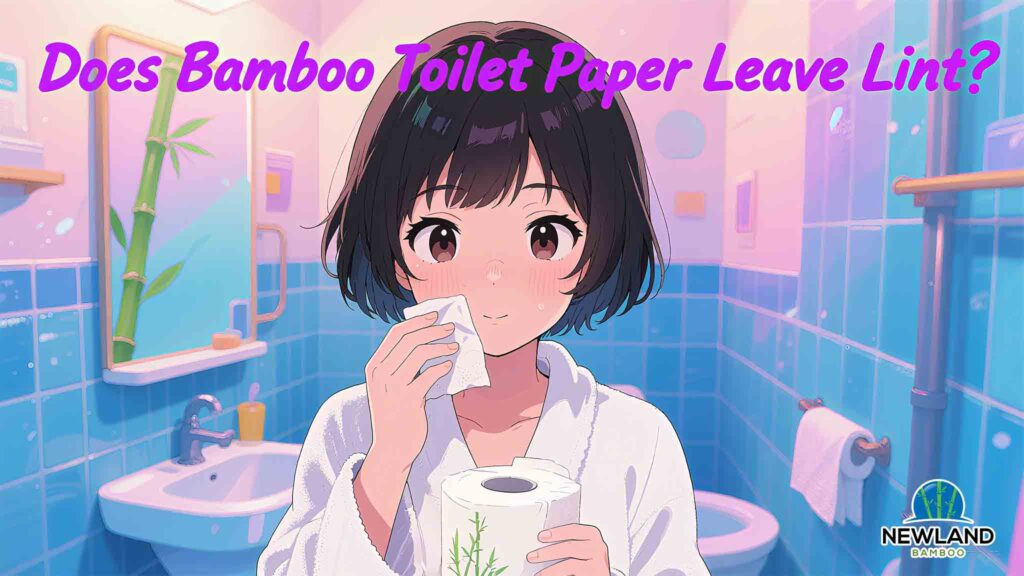
Ces dernières années, le papier hygiénique en bambou a gagné en popularité en tant qu'alternative écologique au papier hygiénique traditionnel. Mais une question revient souvent : le papier toilette en bambou laisse-t-il des peluches ? Cet article explore ce sujet en détail, en donnant un aperçu des facteurs qui influencent la production de peluches et en offrant des conseils sur la façon de choisir le meilleur papier toilette en bambou pour vos besoins.
Le papier hygiénique en bambou est-il meilleur pour l'environnement ?
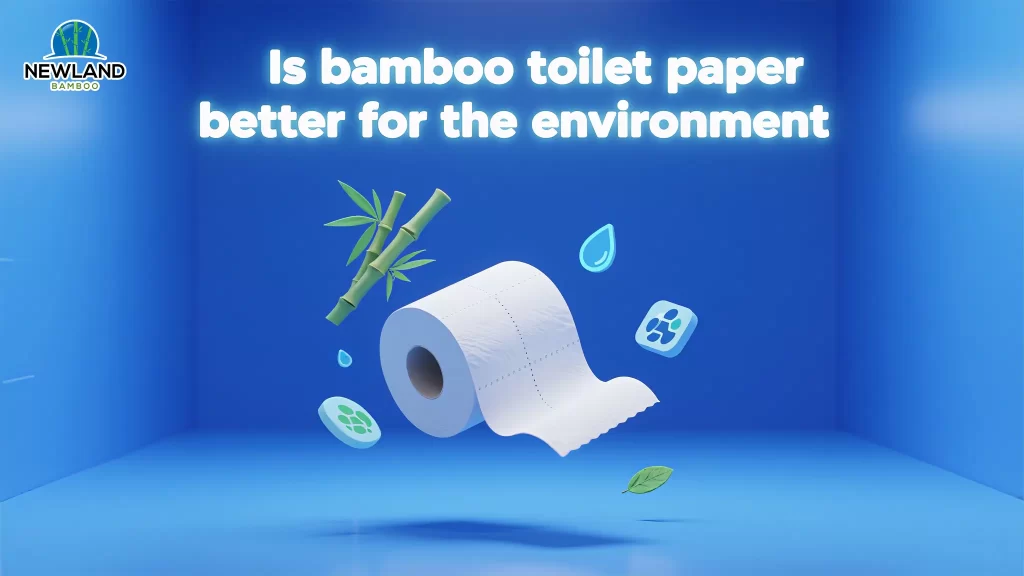
In today’s environmentally conscious world, many people are reevaluating their everyday choices to reduce their ecological footprint. One such choice involves the type of toilet paper we use. While it may seem insignificant, our toilet paper preference can have a substantial impact on the environment. This brings us to a pertinent question: is bamboo toilet paper better for the environment? As we delve into this topic, we’ll explore the benefits of bamboo toilet paper, compare it to traditional toilet paper, and discuss its role in promoting sustainability.
Le papier hygiénique en bambou se décompose-t-il ? Exploration de l'alternative écologique
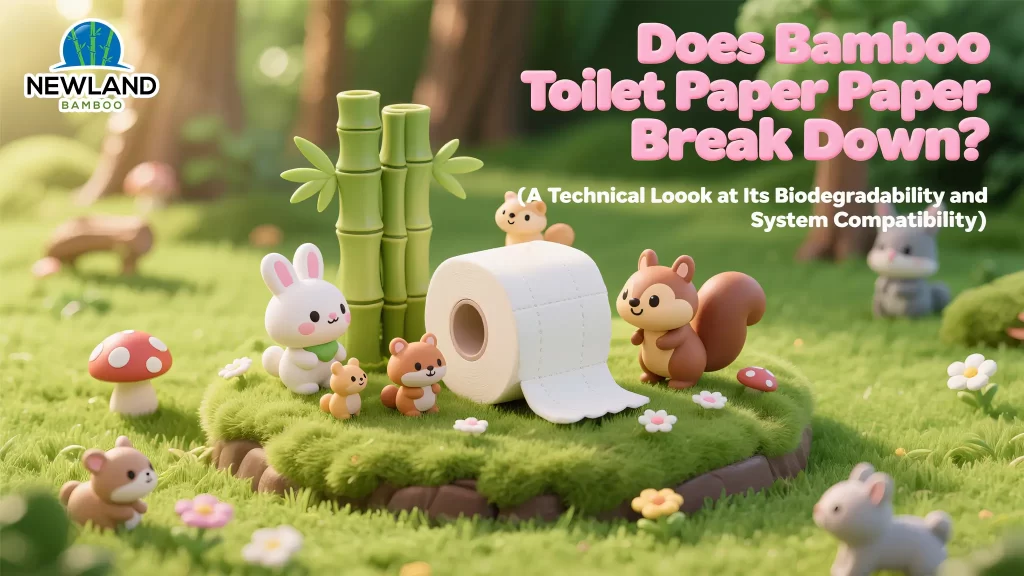
Ces dernières années, le papier hygiénique en bambou s'est imposé comme une alternative populaire au papier hygiénique traditionnel, promettant respect de l'environnement et durabilité. Mais une question se pose souvent : le papier hygiénique en bambou se décompose-t-il ? Il est essentiel de comprendre cet aspect pour ceux qui cherchent à faire des choix respectueux de l'environnement sans compromettre la qualité ou la fonctionnalité. Dans cet article, nous examinerons le processus de décomposition du papier toilette en bambou, ses avantages et les raisons pour lesquelles il pourrait être le choix idéal pour votre foyer.
Pourquoi le papier hygiénique en bambou est-il si cher ?
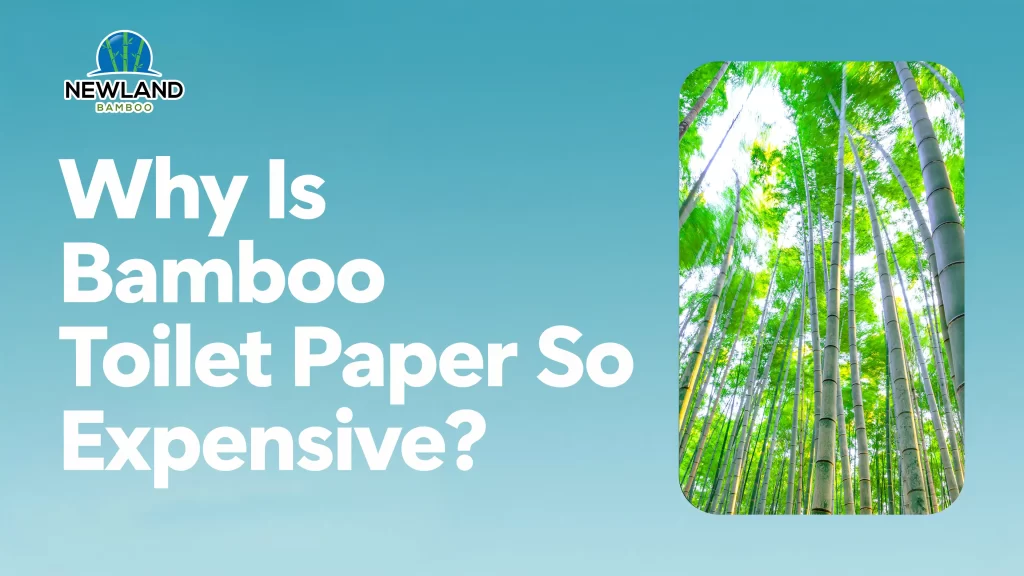
At Newland Bamboo, we manufacture bamboo toilet paper from raw bamboo stalks to finished rolls in our integrated facility located in Chishui, China—the heartland of China’s bamboo industry. As a direct manufacturer and global supplier, we’ve had a front-row seat to how the real costs behind bamboo toilet paper are formed.
This guide draws from our production data, supplier network insights, and verified third-party research to explain: why bamboo toilet paper often costs more, what’s driving that premium, and how market realities are changing.
Pourquoi y a-t-il une pénurie de papier hygiénique ? Comprendre les causes, l'impact et ce que vous pouvez faire
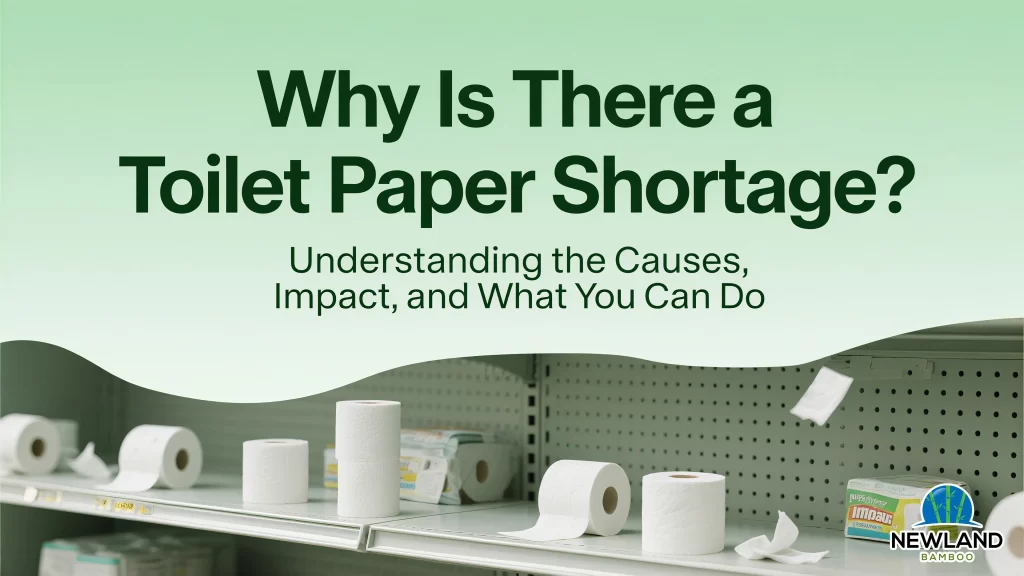
At Newland Bamboo, we’ve witnessed firsthand how global disruptions can impact even the most basic household essentials—including toilet paper. From COVID-era panic buying to geopolitical supply chain strain, consumers around the world have faced repeated shortages. This article breaks down the reasons behind toilet paper shortages, what they mean for you, and how sustainable alternatives like bamboo tissue may provide a long-term solution.
Papier hygiénique en bambou ou pâte à papier traditionnelle : Quelle est la différence ?
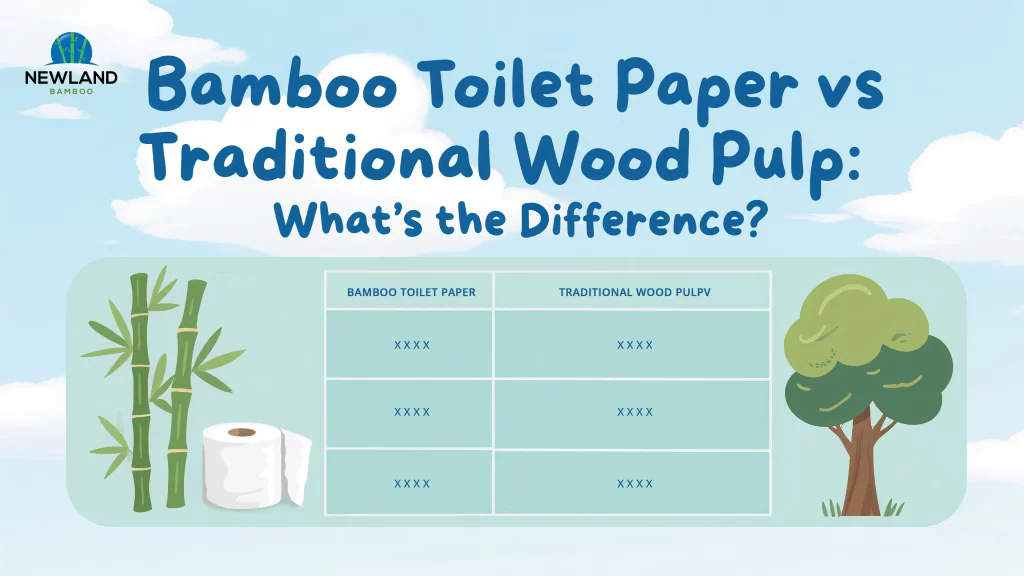
What’s the difference between bamboo toilet paper and traditional wood pulp toilet paper? Bamboo toilet paper is made from fast-growing grass, while wood pulp toilet paper uses slow-growing trees. Bamboo options are more renewable and biodegradable, though traditional pulp remains widely used due to its availability and cost. 1. Raw Material Source Bamboo is technically […]
Le papier hygiénique est-il fabriqué en Chine ? Ce que les acheteurs doivent savoir sur son origine
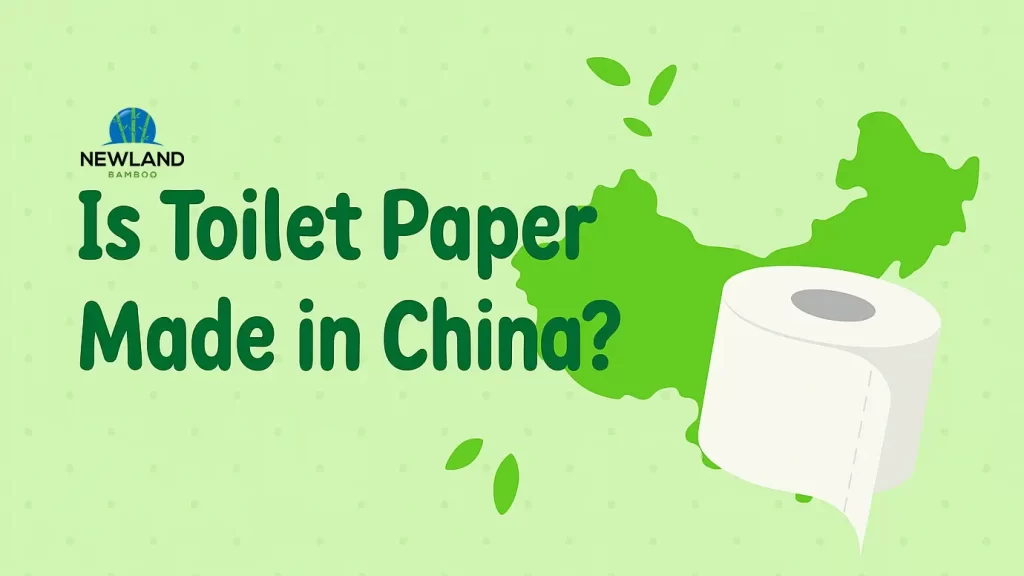
Le papier hygiénique n'est pas seulement importé de Chine, il y est fabriqué à grande échelle. De la pâte de bambou aux rouleaux de marque de distributeur, nous expliquons comment la Chine est devenue le centre mondial de la fabrication de papier hygiénique durable, avec des données de 2024 et des informations sur les acheteurs.
